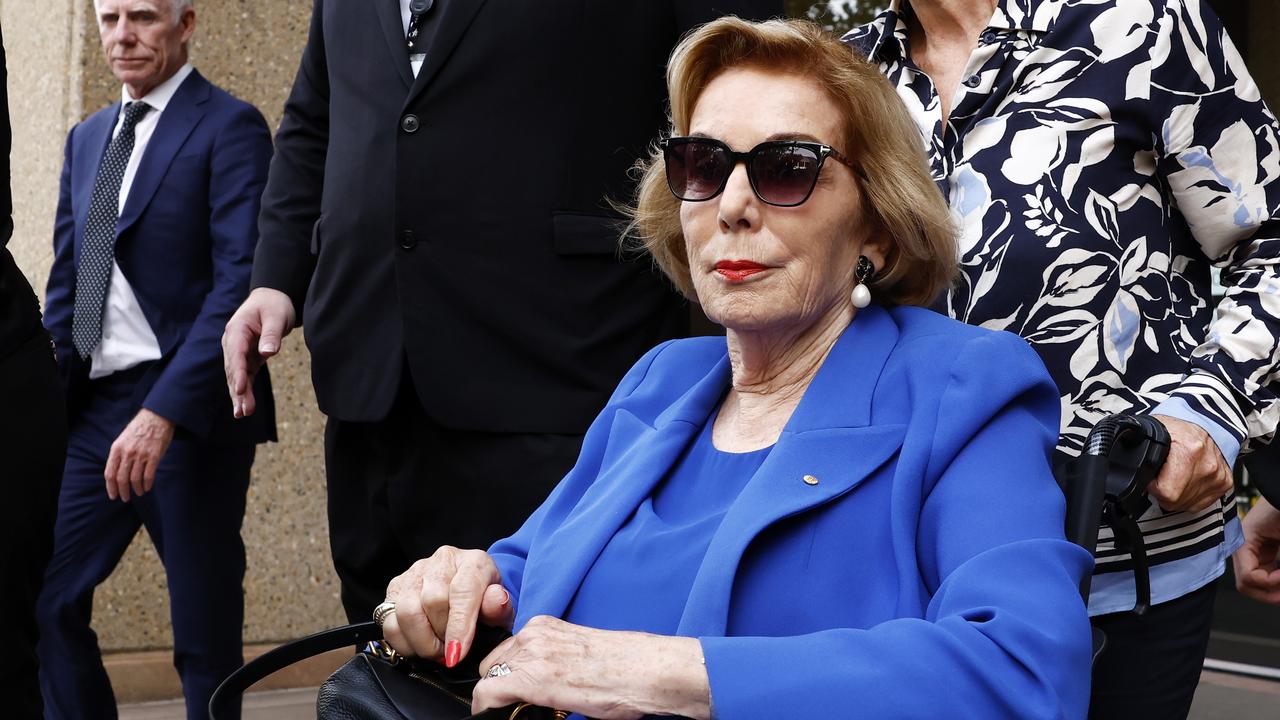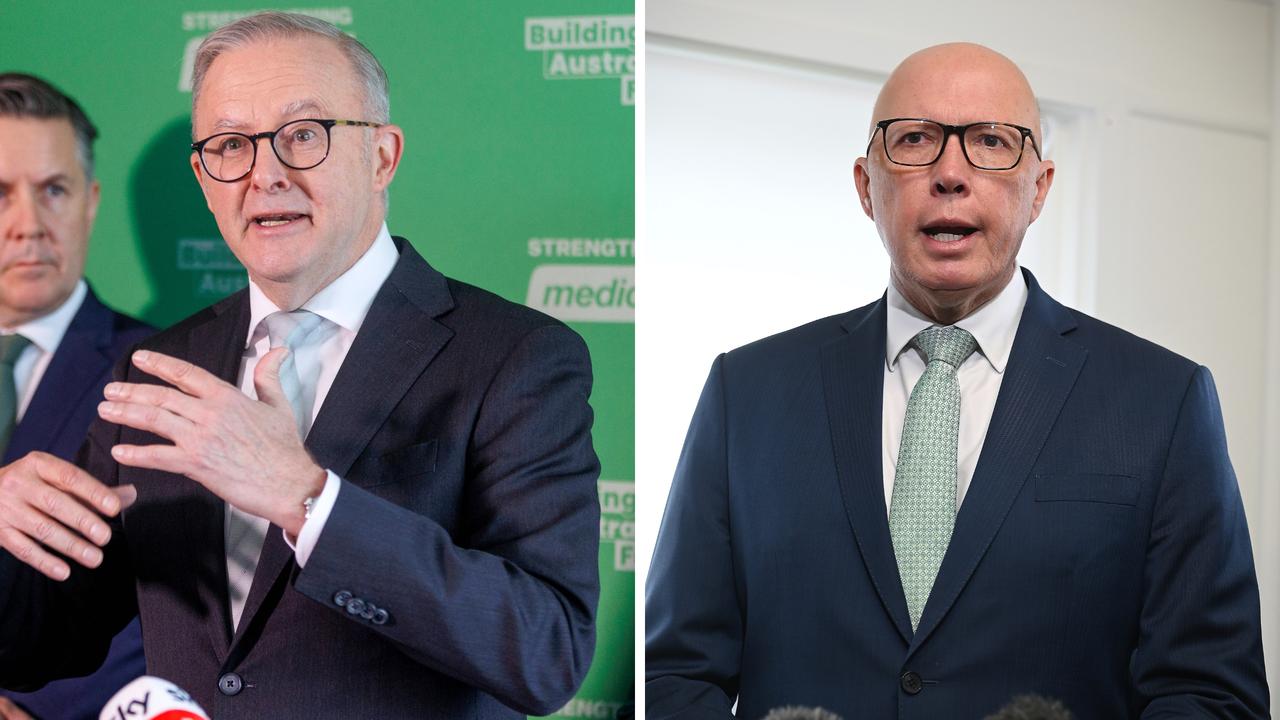I had been preparing to write about the New South Wales budget, not realising the South Australian budget was being handed down on the same day.
Typical, no doubt, would be the response of many Crow-eaters. It’s hard for SA to gain national attention, particularly when the largest state is hogging the limelight.
So let me deal with SA first.
In many ways, the ghost of the failed State Bank of South Australia hovered over budget management in that state for a very long time. Going into the pandemic, government debt in SA was relatively modest: $10.5bn in general government net debt and $17.4bn in non-financial public sector net debt.
On the basis of last year’s and this year’s budgets, that ghost is now hiding behind a curtain, given the SA government’s actions running huge budget deficits and expanding government debt at a rapid pace.
If there’s a theme in all the state budgets, it’s that the combination of cheap money and the context of Covid is the perfect excuse for politicians to spend other people’s money with considerable abandon.
You particularly have to laugh at state politicians using the term “stimulus” to describe their excess spending (both SA and NSW use the term) without realising that macroeconomic policy should rightly be the preserve of the federal government.
Tuesday’s SA budget didn’t contain too many surprises: lots of spending, new infrastructure (South Australians have always loved a new stadium), more government debt.
This coming financial year’s budget deficit is astronomical – $1.4bn, but down from $1.78bn in 2020-21 – although a small surplus is forecast for 2022-23.
State government debt is expected to rise by two-thirds.
The NSW budget has all the hallmarks of a typical Labor budget. Lots of spending on pet projects, above-average pay rises (and other benefits) for public servants, lots of environmentally sensitive spending – check out the hundreds of millions of dollars handed out to encourage the uptake of electric vehicles (which are out of reach for ordinary folk), lots of spending on overpriced infrastructure. What Labor should conclude in NSW is that it doesn’t actually have to hold office to achieve all it wants. Mind you, a Coalition government in NSW is always prepared to flog any assets that are created.
And don’t you love the overly optimistic assumptions underlying the creation of the NSW Generations Funds (yep, the Future Fund title had been taken). Contribute $10 bill in 2019 and in just over a decade, it will be $90 bill. The NSW public might want to park their money there if that return is guaranteed.
Unsurprisingly, Tuesday’s NSW budget looks a whole lot better than it did last year. (This is true of all the state budgets.) The rate of unemployment is already down to 5 per cent in the state and looks likely to have a 4 in front of the rate in the coming months.
The expectation is that a budget surplus will be recorded in the final year of the forward estimates. Why the state government was incapable of running a surplus earlier is a mystery: it can’t be because of the need for stimulus spending.
The explosion in state government net debt in the largest state is massive: from $19.3bn in 2019-20 (3.1 per cent of gross state product) to $103.9bn in 2024-25 (13.7 per cent of GSP) – a greater than fourfold increase.
Perhaps anticipating the sensitive nature of these figures, the budget papers are at pains to point out state net debt falls back to 8 per cent of GSP in 2030-31.
The Treasurer is very keen to hang on to the state’s AAA credit rating. One of the largest revenue items in the NSW budget is property transfer duty and, given the absolutely booming residential real estate market, it has been necessary to massively revise up the likely revenue from this source. For 2020-21 alone, the revenue has been revised upwards by $1bn, or 12 per cent, and by a further 3.5 per cent for the next three years.
What is unclear in the budget is the exact timing of the proposed tax switch from stamp duty to annual property tax.
To be sure, the benefits are talked up – the reform could improve housing affordability, increase home ownership by 6 per cent, increase average household income by $33,000 and create 70,000 additional jobs.
Of course, this is all based on assumption-driven modelling.



